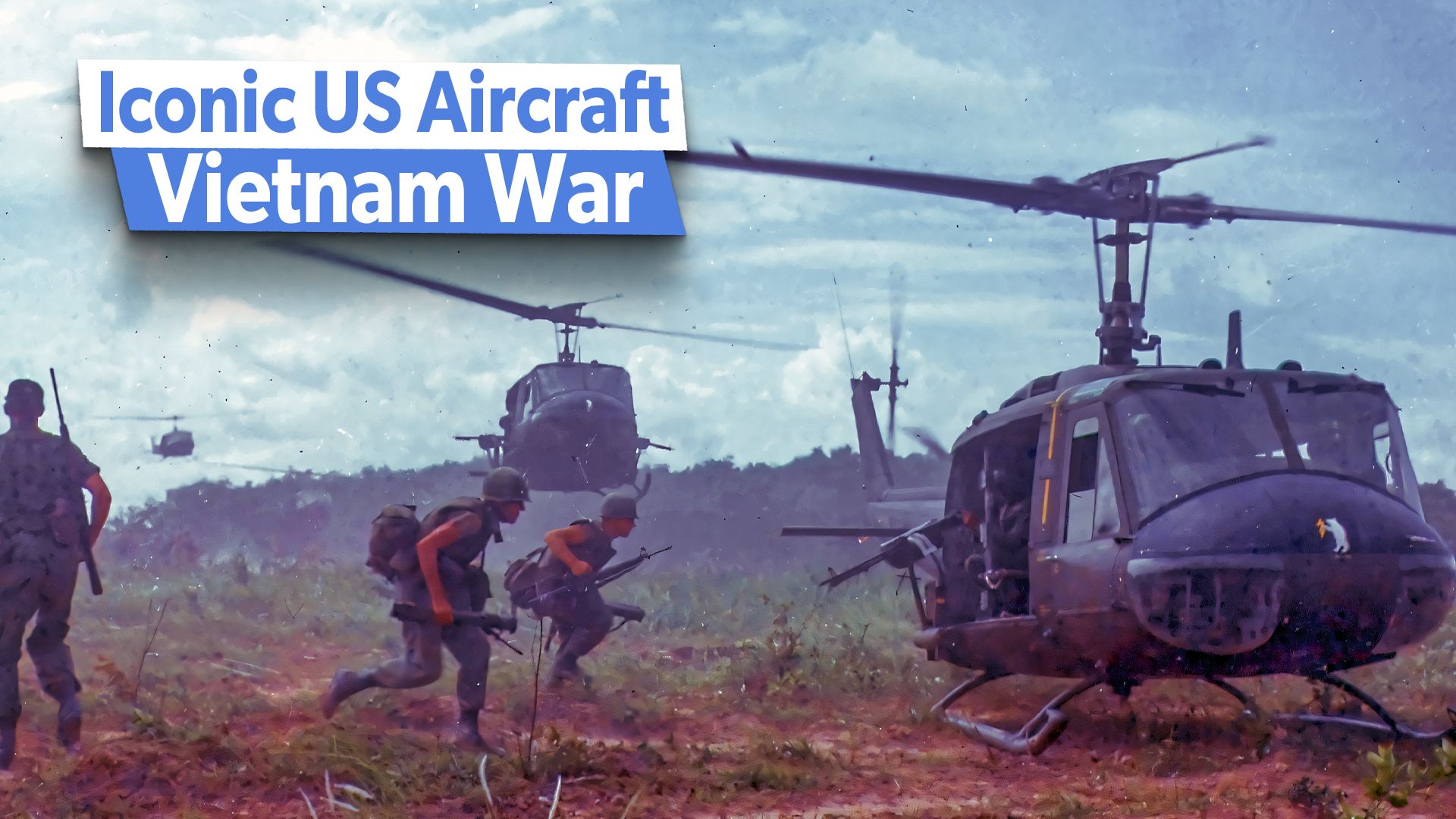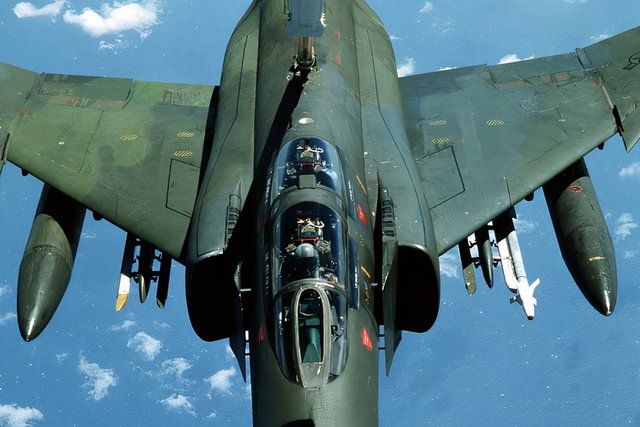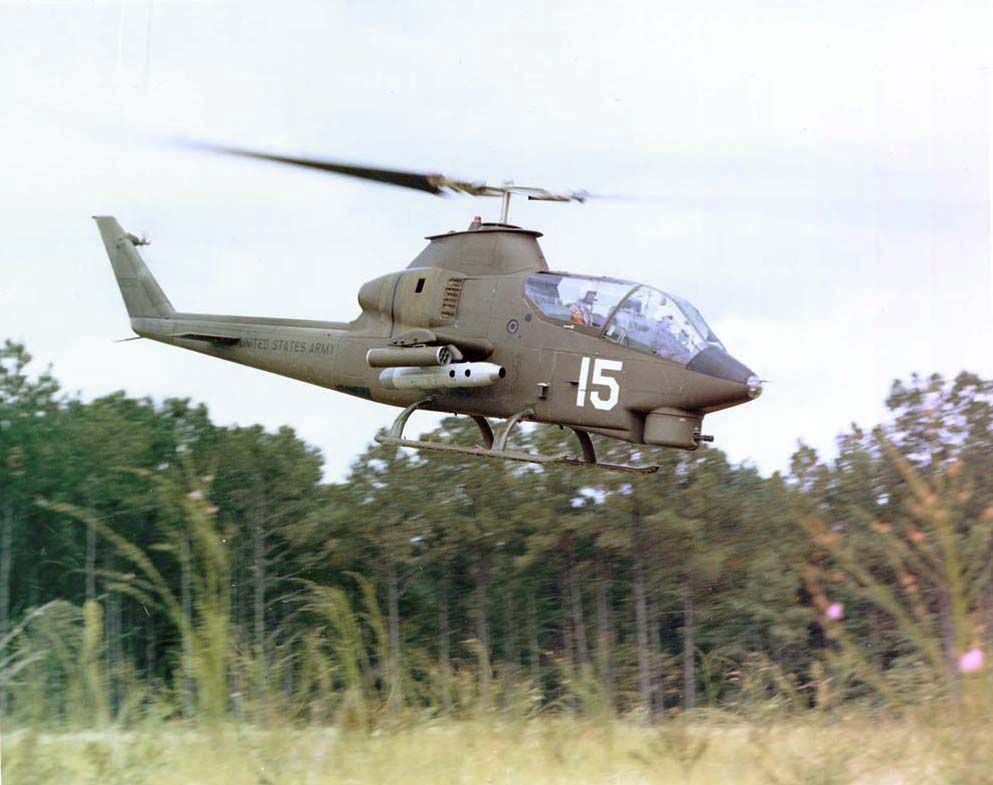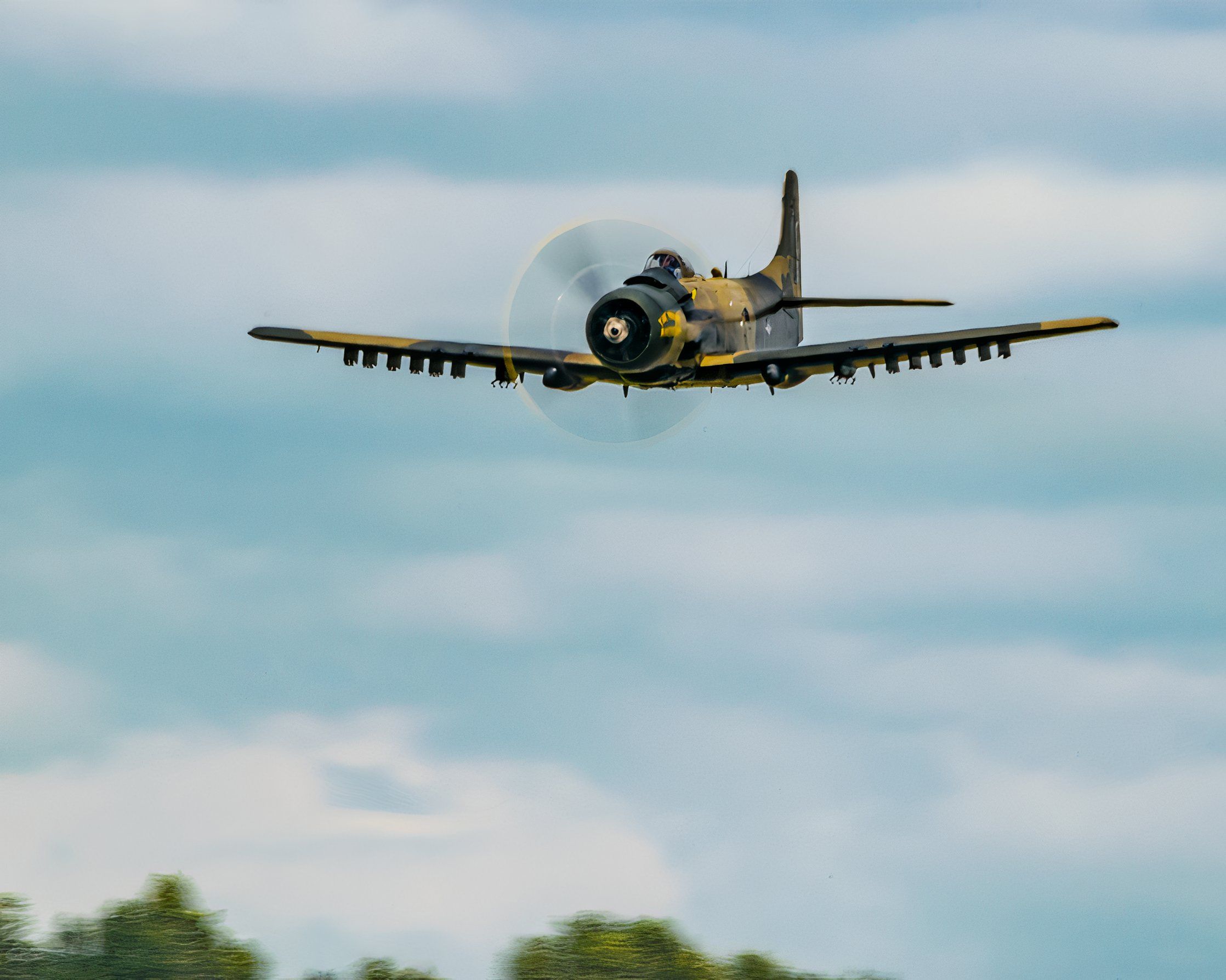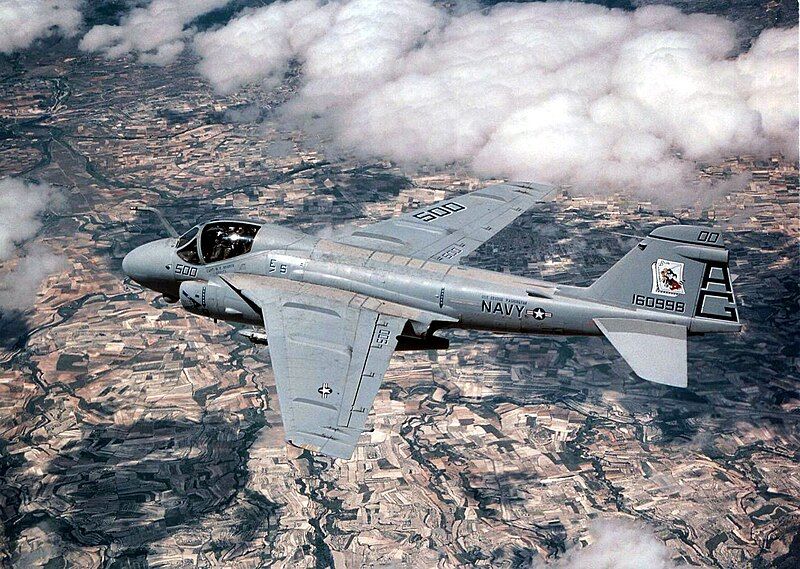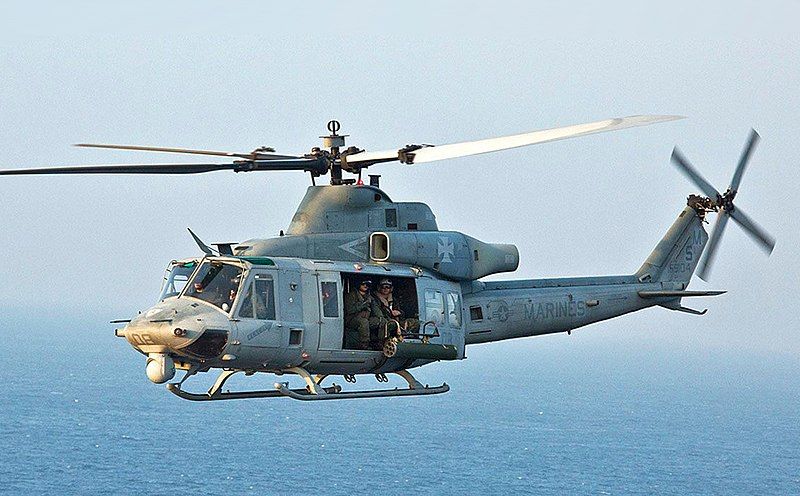The Vietnam War began in 1955 and lasted over two decades, with the US military withdrawal in 1973. During the US military involvement, it used a large number of aircraft and helicopters, deploying heavy artillery on the targets. This article explores some of the most iconic aircraft and helicopters used during the Vietnam War.
1
F-4 Phantom II
One of the most widely used aircraft in Vietnam
- Crew: Two
- Max takeoff weight: 61,795 lb (28,030 kg)
- Maximum speed: Mach 2.23 (1,280 knots, 1,470 mph, 2,370 km/h) at 40,000 ft (12,000 m)
- Cruise speed: 510 kn (580 mph, 940 km/h)
- Combat range: 370 NM (420 mi, 680 km)
- Service ceiling: 60,000 ft (18,000 m)
The F-4 Phantom played a key role in the Vietnam War, claiming numerous victories for the US military forces. In 1965, the USAF 45th Tactical Fighter Squadron F-4s became victorious against the North Vietnamese MiG-17s. The North Vietnamese MiG-21 Fishbed was defeated by the F-4C team in 1966, followed by several other aces.
Photo: SSGT Schading | The U.S. National Archives
The F-4 can carry twice the normal load of a B-17 in an air-to-ground mission, making it the aircraft of choice for close air support missions. Two General Electric J79-GE-17A afterburning turbojet engines power the F-4, generating 11,905 lbf (52.96 kN) thrust each (17,845 lbf, 79.38 kN with afterburner). With a maximum speed of Mach 2.23, the aircraft can fly to a combat range of 370 NM.
2
AH-1 Cobra
Attack helicopter designed for close air support
- Crew: Two
- Max takeoff weight: 9,500 lb (4,309 kg)
- Maximum speed: 150 kn (171 mph, 276 km/h)
- Range: 310 NM (360 mi, 570 km)
- Service ceiling: 11,400 ft (3,500 m)
The US Army extensively used the AH-1 Cobra helicopters during the Vietnam War. They were deployed on a variety of missions, including support for ground forces and to escort transport helicopters. A fleet of first six were inducted in August 1967 and scored its first combat kill in less than a month.
In 1967, the AH-1s became part of the newly operational 334th Assault Helicopter Company. The helicopter is powered by a Lycoming T53-L-13 turboshaft engine, generating 1,100 hp (820 kW) of power. With a maximum speed of 150 knots, the helicopter can fly a range of 310 NM. The US Army continuously operated the Cobras up until the US withdrawal from South Vietnam in 1973.
3
A-1 Skyraider
A propeller-driven aircraft that excelled in close-air-support missions
- Crew: One
- Gross weight: 18,106 lb (8,213 kg)
- Maximum speed: 322 mph (518 km/h, 280 kn) at 18,000 ft (5,500 m)
- Cruise speed: 198 mph (319 km/h, 172 kn)
- Range: 1,316 mi (2,118 km, 1,144 nmi)
- Service ceiling: 28,500 ft (8,700 m)
The A-1 Skyraider first flew with the US Navy in the mid-1940s. In the 1960s, it was transferred to the USAF for deployment in the Vietnam War. According to the National Museum of the USAF,
“Transferred from the US Navy and modified to fulfill a counterinsurgency role, the first US Air Force Skyraiders were two-seat A-1Es which arrived at Bien Hoa AB, South Vietnam, in May 1964. These initial A-1Es were assigned to the 1st Air Commando Squadron, call sign Hobo.”
Photo: Joe Kunzler | Simple Flying
The Skyraider is powered by Wright R-3350-26WA Duplex-Cyclone 18-cylinder air-cooled radial piston engine, generating 2,700 hp (2,000 kW) of takeoff power. With a maximum speed of 172 knots, the helicopter can fly a range of nearly 1,150 NM.
4
A-6 Intruder
Used in strategic bombing campaigns like Operation Rolling Thunder
- Crew: Two
- Max takeoff weight: 60,400 lb (27,397 kg)
- Maximum speed: 560 kn (640 mph, 1,040 km/h) at sea level
- Cruise speed: 412 kn (474 mph, 763 km/h)
- Combat range: 878 NM (1,010 mi, 1,626 km) (with max payload)
- Service ceiling: 42,400 ft (12,900 m)
The A-6 was the US Marine Corps’s and the US Navy’s primary all-weather aircraft for over three decades, beginning in the mid-1960s. The type first saw combat action during the Vietnam War, deploying heavy ammunition over targets. The aircraft’s ability to fly in all weather conditions, combined with its operational range and speed, made it an invaluable asset for US forces.
The Intruder is powered by two Pratt & Whitney J52-P8B turbojet engines, each generating 9,300 lbf (41 kN) of takeoff thrust. With a maximum speed of 560 knots, the aircraft can fly a combat range of nearly 900 NM.
5
Huey UH-1
The most iconic helicopter of the Vietnam War
- Crew: 1–4
- Max takeoff weight: 9,500 lb (4,309 kg)
- Maximum speed: 127 mph (204 km/h, 110 kn) (at maximum takeoff weight)
- Cruise speed: 127 mph (204 km/h, 110 kn) (at 5,700 ft (1,700 m) at maximum takeoff weight)
- Range: 318 mi (511 km, 276 nmi) (with maximum fuel, no reserves, at sea level)
- Service ceiling: 12,600 ft (3,800 m) (at maximum takeoff weight)
The HU-1A helicopters were inducted into service in late 1961, intended for evaluation purposes. However, the US Army deployed the helicopter into operational service with the 57th Medical Detachment in Vietnam. Its involvement in the country and Asia made it one of the world’s most recognizable helicopters.
During the Vietnam War, the UH-1 was utilized on numerous missions, including,
- General support
- Air assault
- Cargo transport
- Aeromedical evacuation
- Search and rescue
- Electronic warfare
- Ground attack
The helicopter is powered by Lycoming T53-L-13 turboshaft engine, generating 1,400 shp (1,000 kW) of power. With a maximum speed of 110 knots, the helicopter can fly a range of 276 NM.

